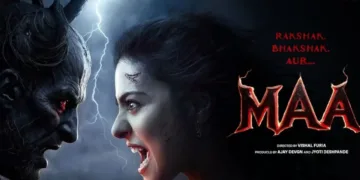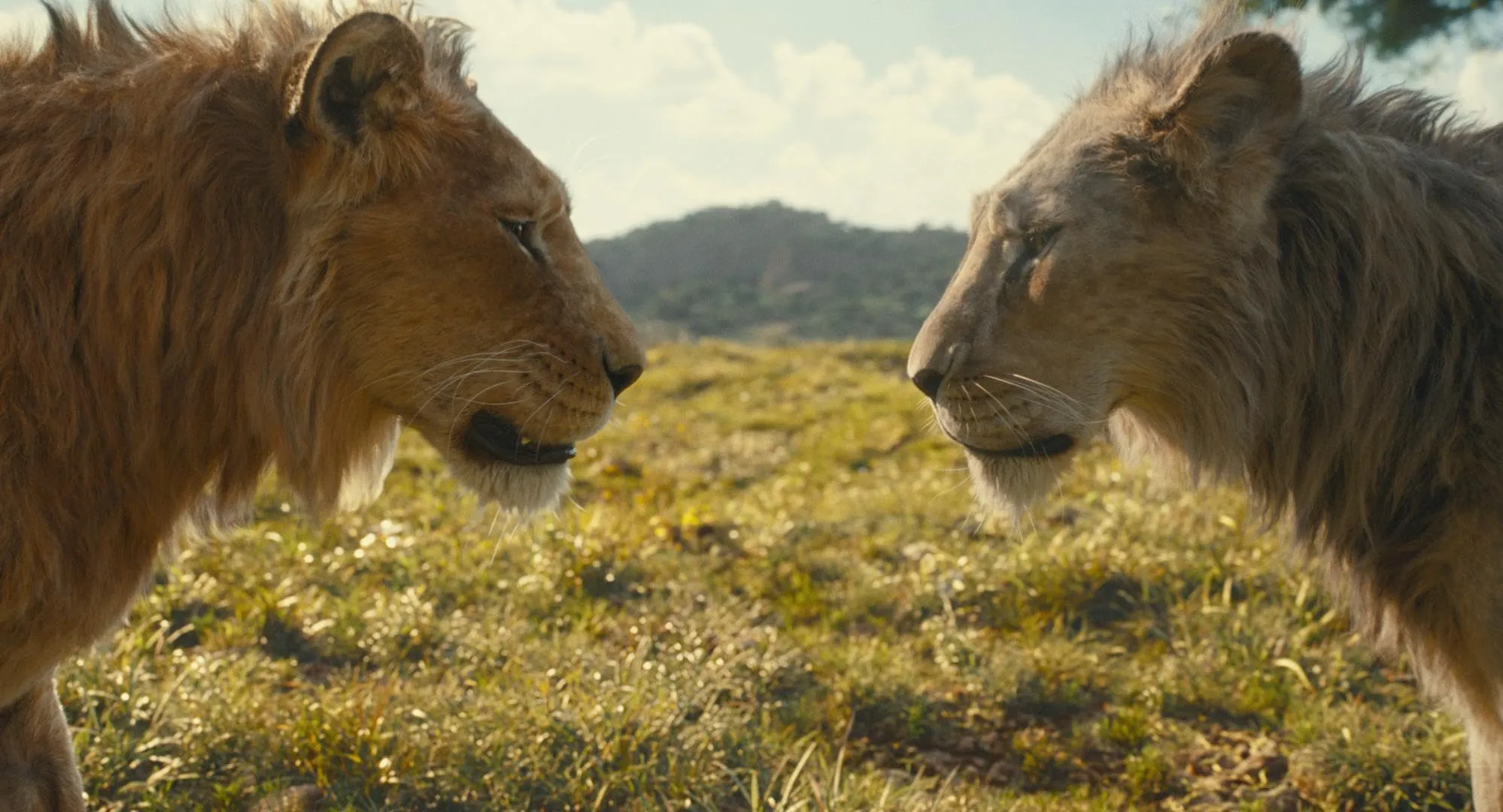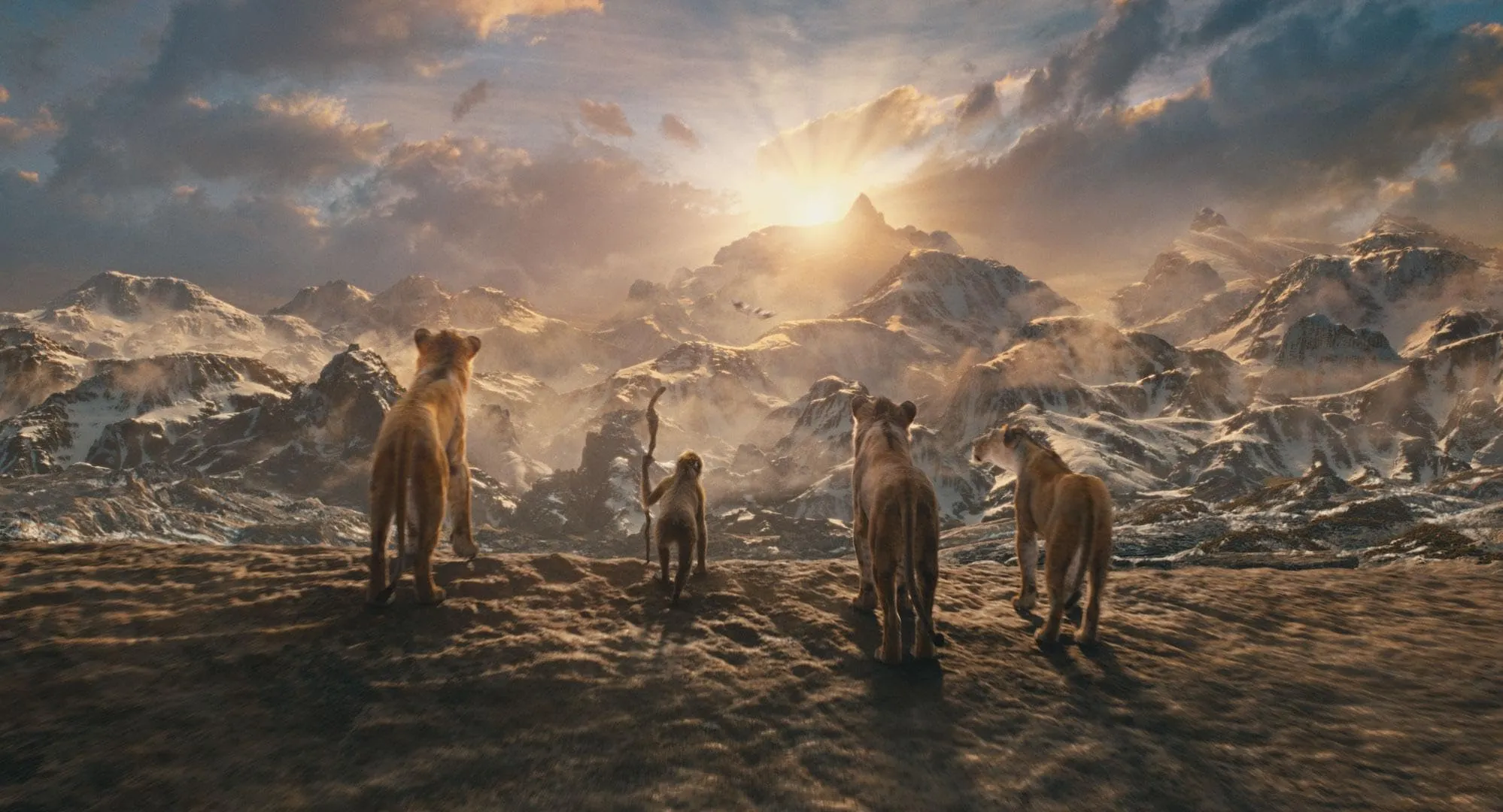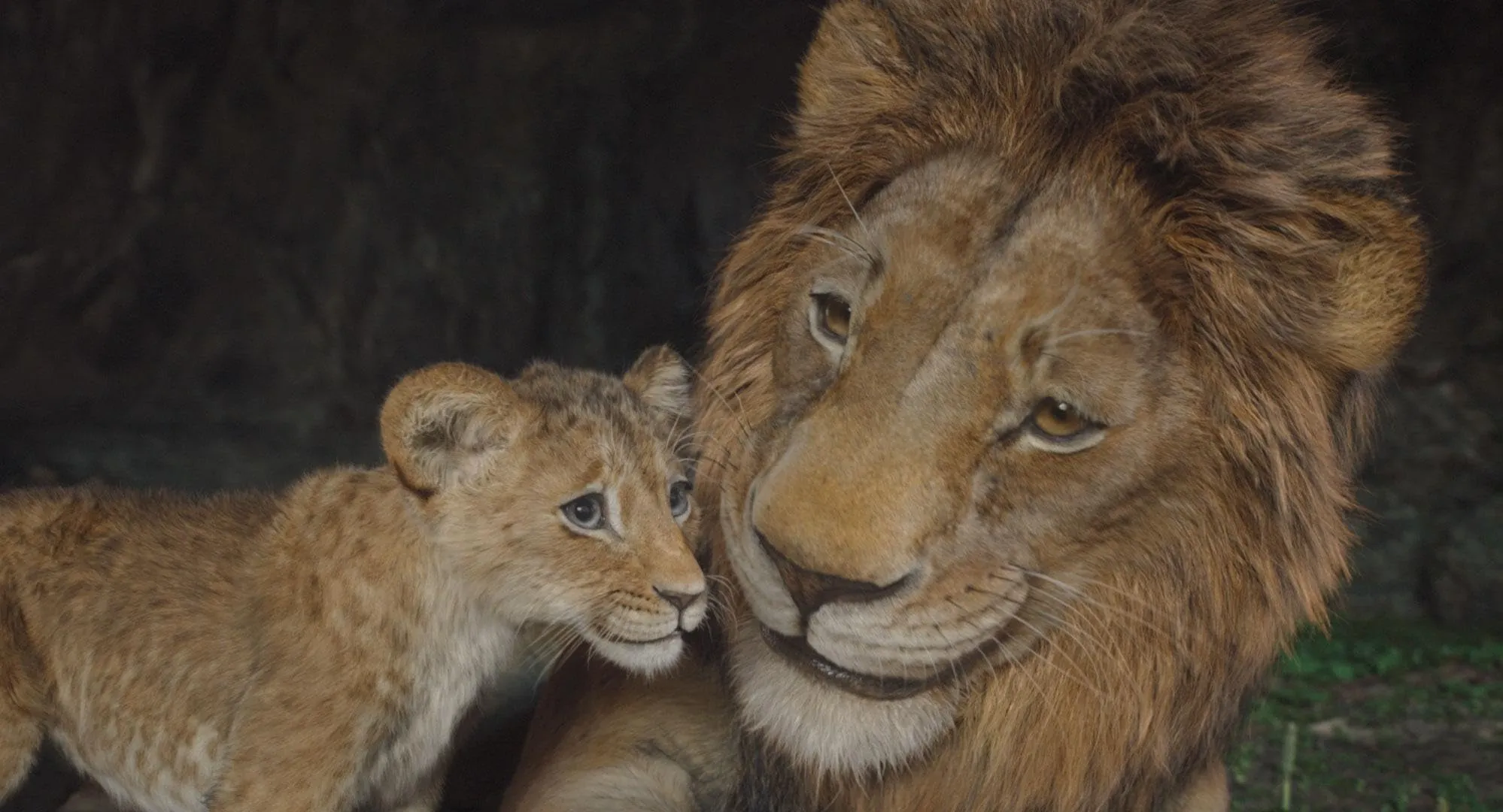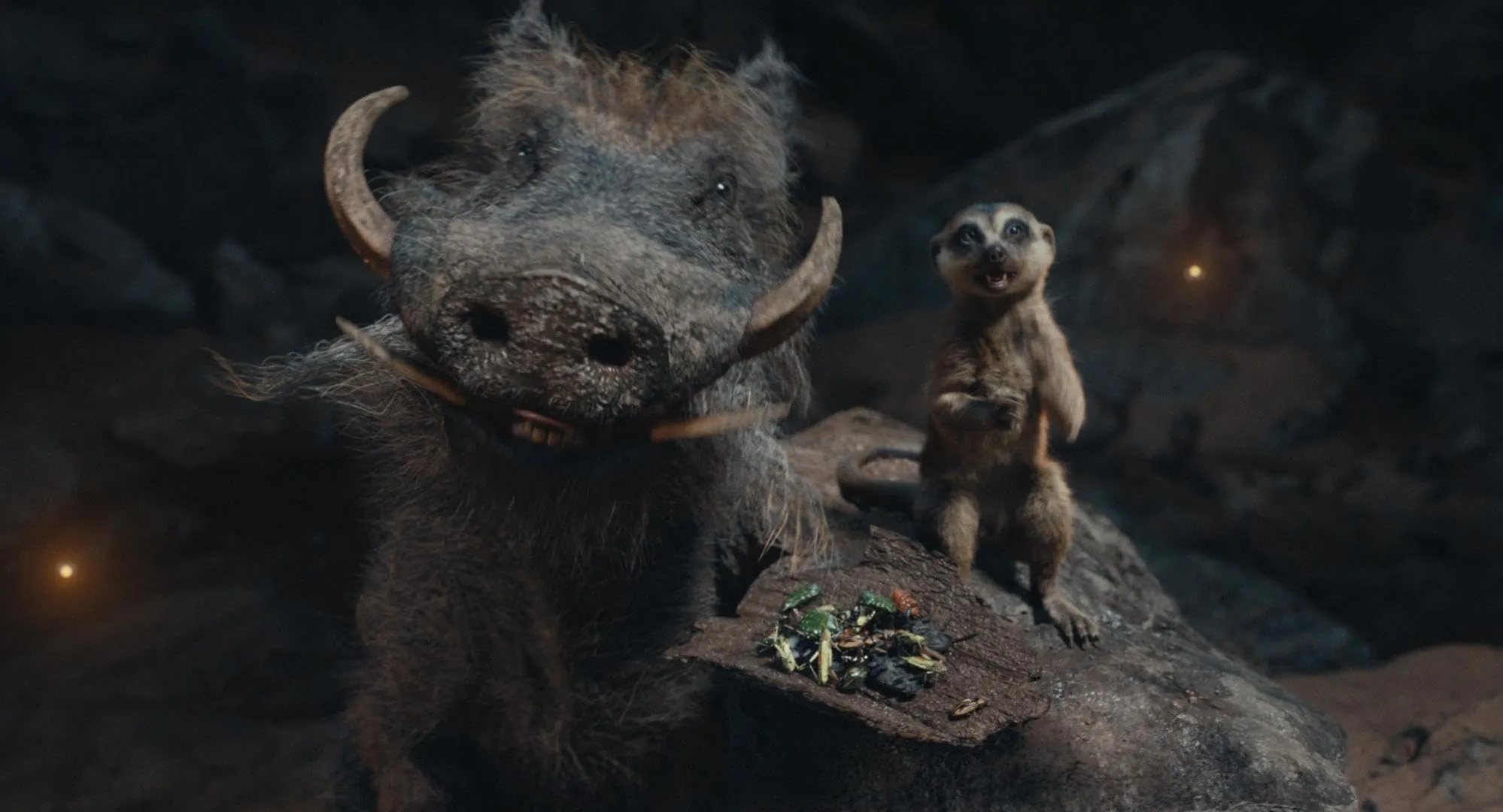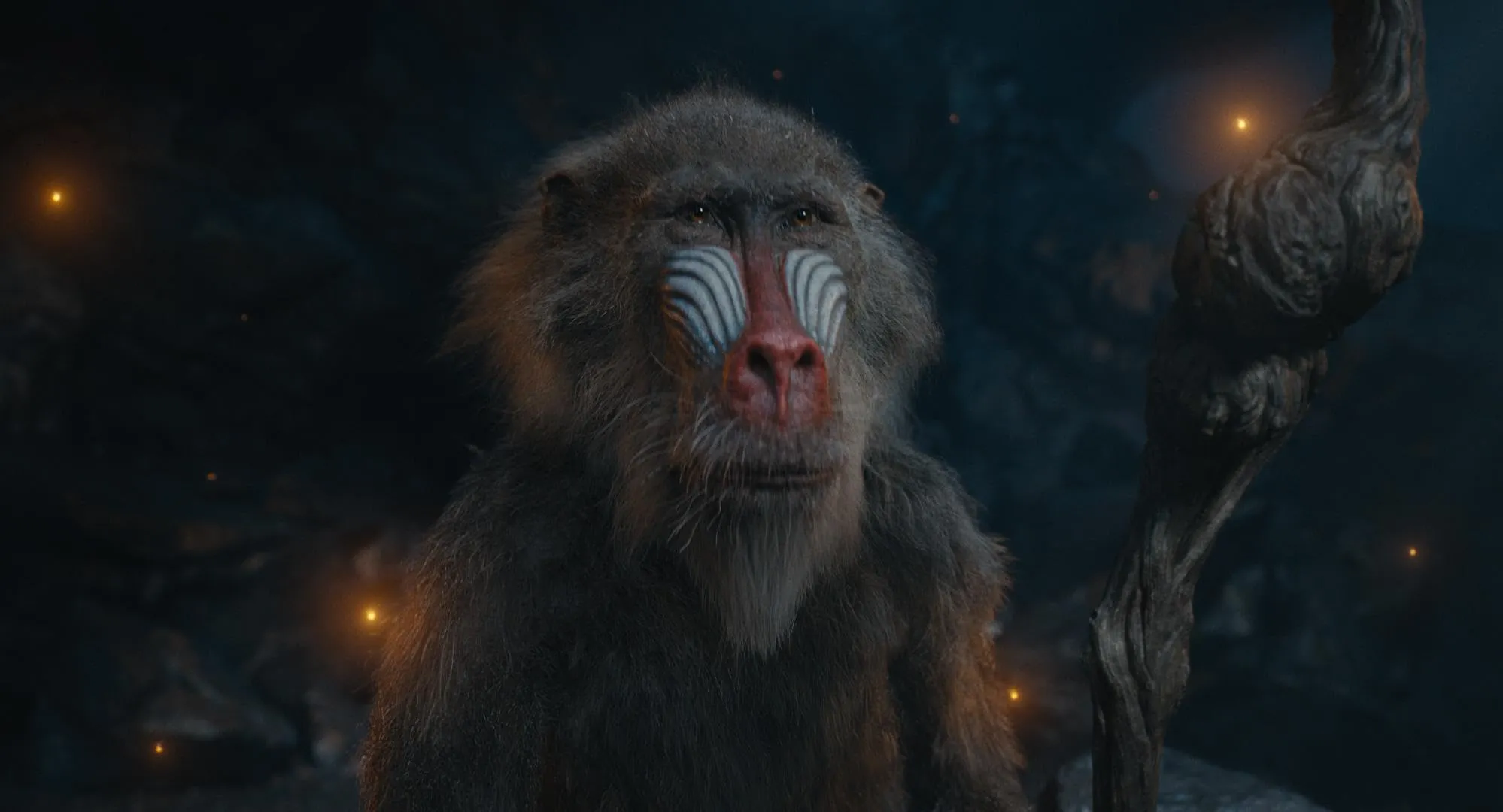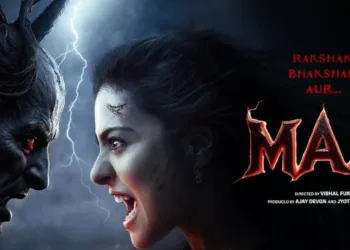Mufasa: The Lion King serves as both a prequel and a sequel to the Lion King franchise, mixing strands of nostalgia and innovation. This part, directed by Barry Jenkins (renowned for his nuanced storytelling) and written by Jeff Nathanson, attempts to deconstruct the mythology around one of cinema’s most legendary individuals.
Set in the Pride Lands, the film delves into themes of identity, legacy, and the muddy seas of royal claim. Mufasa is portrayed as a plucky underdog rather than a predestined king, drawing parallels with historical individuals who challenged entrenched power. This portrayal addresses societal concerns such as nepotism and the complexities of familial devotion.
Mufasa and Taka’s sibling rivalry (later Scar) echoes the Cain and Abel narrative, suggesting that envy can lead to tragic consequences. However, the framing method, which features Rafiki repeating Mufasa’s story, adds a metatextual layer by honoring storytelling traditions that span generations. However, this may jeopardize the film’s momentum—a symptom of what we may call “franchise fatigue.”
In navigating these philosophical waters, Mufasa provides a rich canvas for conversation, provoking contemplation on our society systems and the narratives we choose to support or reject.
Exploring the Circle of Life: Themes and Narrative in Mufasa: The Lion King
Mufasa: The Lion King, at its core, attempts to weave the eponymous character’s background into the franchise’s greater narrative fabric. The film begins with young Kiara being left in the care of Rafiki, Pumbaa, and Timon as a storm approaches—a perfect metaphor for the turbulent trip ahead.
Mufasa’s beginnings are revealed to be a story of survival and brotherhood rather than regal destiny. Separated from his parents by a disastrous flood, Mufasa’s journey becomes one of resilience. This concept resonates strongly in today’s world, where many people must carve their pathways in the face of hardship.
The film deftly addresses the concept of privilege, particularly through Mufasa’s relationship with Taka (Scar). Their interaction captures a fraternal bond riven with envy and competition, evoking the old Cain and Abel narrative. This familial conflict highlights a philosophical question about leadership and worthiness: Is it birthright or merit that distinguishes a ruler? The film contends that true nobility stems not from bloodline but from the bravery to protect and uplift others (a refreshing counterpoint to aristocratic entitlement).
The narrative structure uses a framing element, with Rafiki telling Mufasa’s story to his granddaughter Kiara. This choice connects the past and present and serves as a statement on the cyclical nature of storytelling—how legends are created and recreated. However, this device occasionally disturbs the narrative flow, creating what could be termed “framing fatigue.”
Finally, the film’s attempts to relate back to the original Lion King call into question the necessity of such ties. Do these allusions to nostalgia enrich or detract from the narrative’s originality? As the film grapples with its legacy while striving to carve out its own identity, the symbolism buried within the Circle of Life serves as both a guiding principle and a possible weight.
The Complex Tapestry of Character in Mufasa: The Lion King
The bond between Mufasa and Taka (later Scar) serves as the narrative’s emotional backbone in Mufasa: The Lion King. Their relationship encapsulates the age-old themes of jealousy and rivalry, evoking sibling clashes throughout history. Mufasa’s journey from orphaned cub to the hesitant king is moving, depicting a classic hero’s arc that emphasizes perseverance in tragedy.
Unlike the classic monarchs of the past, Mufasa represents the everyman (or every lion) propelled into leadership through circumstance rather than birthright. This modest shift undermines traditional conventions regarding power and authority, suggesting that the most improbable people may emerge as actual leaders.
Taka, on the other hand, is depicted as the shadow of Mufasa’s light. His narrative is steeped with resentment and envy, showing a more modern awareness of how personal shortcomings can lead to terrible behavior. This duality—Mufasa’s altruistic intentions versus Taka’s resentment—reflects societal problems against the backdrop of nepotism and entitlement, making their battle both timeless and relevant.
Supporting characters add depth to this narrative tapestry. With his intelligent yet humorous personality, Rafiki serves as the spiritual guide, connecting the past and present. Sarabi, Mufasa’s future queen, is a stabilizing factor, illustrating the often-overlooked strength of female characters in such narratives.
Zazu, Timon, and Pumbaa provide comic relief. Still, their antics serve a dual purpose: they show the ridiculousness of royal life while emphasizing the importance of friendship and devotion during times of trouble. Each character adds to the themes of identity, legacy, and the complexities of familial bonds in their own unique way, creating a film that resonates deeply throughout generations.
Visuals and Animation: The Double-Edged Sword of Mufasa: The Lion King
Mufasa: The Lion King is a visually stunning film that combines photorealistic animation methods, pushing the boundaries of what we expect from animated storytelling. This aesthetic, while dazzling, elicits an intriguing paradox: the Pride Lands’ exquisite detail frequently trades emotional depth for sheer visual fidelity.
Unlike the expressive, hand-drawn artistry of the original 1994 film, which conveyed emotion through exaggerated features and vibrant colors, the hyper-realism of this latest installment may leave viewers feeling disconnected from the characters (a phenomenon I’d call “emotional verisimilitude fatigue”).
The film’s visuals are reminiscent of the original and the 2019 remake, both of which used CGI yet produced dramatically different results. The 2019 version, while critiqued for its lack of expressiveness, did capture the majesty of the landscapes; Mufasa goes one step further, presenting a wonderfully detailed world that, oddly, feels less alive. In striving for realism, the film sometimes sacrifices the whimsical charm that defined the original, favoring a style that may alienate younger audiences anticipating its animated forebears’ colorful, emotional resonance.
Jenkins uses innovative camera angles and action sequences to give the narrative new life. The wide images of the African grassland are breathtaking, but they risk overshadowing the intimate moments that serve as the story’s emotional center.
In some ways, this mirrors our larger social fixation with spectacle over substance—a trend observed in animation and throughout modern cinema. The emotional resonance of these visuals can feel diluted, leaving viewers with a visual feast that, although captivating, may lack the sustaining elements of a well-told story.
The Soundtrack of Mufasa: The Lion King: A Melodic Dichotomy
Mufasa: The Lion King’s soundtrack attempts to combine Lin-Manuel Miranda’s talents with the legacy of Disney’s musical library. While Miranda’s contributions are imbued with his trademark style, they frequently fall short of the iconic prominence acquired by the original film’s songs.
The similarity is unavoidable. The 1994 classic’s Elton John melodies and Tim Rice lyrics have become cultural touchstones, steeped in nostalgia and emotional resonance. Miranda’s new pieces, while vibrant, can feel like echoes rather than innovation at times.
Miranda’s music and contributions from other composers seek to evoke the same sense of adventure and emotional depth. However, the end result is a compilation of songs that, for the most part, lack the memorable qualities of “Circle of Life” or “Can You Feel the Love Tonight?” Instead, we encounter forgettable tunes that serve more as narrative filler than emotional high points. This begs the question: Can a song be considered successful if it does not resonate beyond the theater?
Music’s impact on the narrative cannot be emphasized. In moments where the songs attempt to raise the stakes or deepen character development, they instead halt the flow, creating what can be termed “musical stasis.” For example, while some parts are enhanced by stirring songs, others feel awkward interruptions, as if the film were briefly distracted from its own story. Finally, the soundtrack represents a broader cultural reflection on the conflict between innovation and tradition—an ambitious project that occasionally stumbles beneath the weight of its great predecessors.
Tone and Pacing: The Balancing Act of Mufasa: The Lion King
Mufasa: The Lion King aims for a tonal mix of humor and drama, which is both admirable and, at times, clumsy. The attempts of the film to weave in funny moments, particularly Timon and Pumbaa’s antics, serve as crucial comic relief.
Their banter adds levity to the serious themes of brotherhood and grief, but it occasionally feels forced. One may argue that the duo is a necessary evil—lightening the mood but compromising the narrative’s emotional stakes (a problem I’ll call “comedic interlude fatigue”).
Pacing, however, emerges as a major concern. The film’s pace frequently falters, with moments of emotional intensity cut short by humorous asides. This tendency might distract from character development, making viewers feel like they are bouncing between moods rather than going on a consistent trip. For example, the jump from a dramatic revelation about Mufasa’s heritage to a comedic routine with the meerkat and warthog can startle the audience, creating an engaging but disjointed experience.
Finally, while the humor can occasionally improve the narrative, it frequently contradicts the deeper emotional currents that the film wants to explore, prompting one to ponder if a more constant tone might have served the narrative better.
The Overall Impact of Mufasa: The Lion King: A Legacy in Flux
Mufasa: The Lion King seeks to bridge the gap between nostalgia and innovation while remaining true to the franchise’s wide legacy. It serves as both a prequel and a sequel, providing a new perspective on familiar people and themes, but it also bears the weight of its predecessors.
The film’s investigation of Mufasa’s background adds to the tapestry of the Pride Lands. Still, one can’t help but wonder if it adds depth or simply retraces well-worn paths—an exercise in nostalgia that risks becoming self-indulgent.
In terms of efficacy, the film has some major strengths, particularly in character development and visual grandeur. However, these strengths are frequently weakened by tonal inconsistencies and pacing flaws, resulting in a viewing experience that feels large and fragmented. While the humor is engaging, it occasionally detracts from the story’s emotional weight.
Finally, Mufasa symbolizes a broader cultural commentary on the nature of legacy itself—how stories develop and adapt, and some legacies falter in their attempts to resonate with new audiences. Its place in the Lion King canon is certain. Still, its impact may linger somewhere between adoration and criticism, allowing spectators to ponder the actual core of storytelling in an ever-changing cinematic landscape.
The Review
Mufasa: The Lion King
Mufasa: The Lion King attempts to weave a complex tapestry of character development and visual magnificence, but it frequently fails under the weight of its ambitious legacy. While Lin-Manuel Miranda's contributions provide a contemporary twist, tonal inconsistencies, and pacing concerns detract from the emotional depth. The film is a visually magnificent tribute to its predecessors but sometimes puts spectacle over depth. Finally, it serves as a nostalgic examination of themes that, if unevenly, resonate in today's reality.
PROS
- Stunning photorealistic animation.
- Strong character development, particularly of Mufasa.
- Engaging musical contributions from Lin-Manuel Miranda.
CONS
- Tonal inconsistencies disrupt emotional flow.
- Pacing issues lead to narrative interruptions.
- Some songs lack memorability compared to original classics.
- Humor often feels forced and detracts from drama.
- Over-reliance on nostalgia may overshadow new storytelling.



























